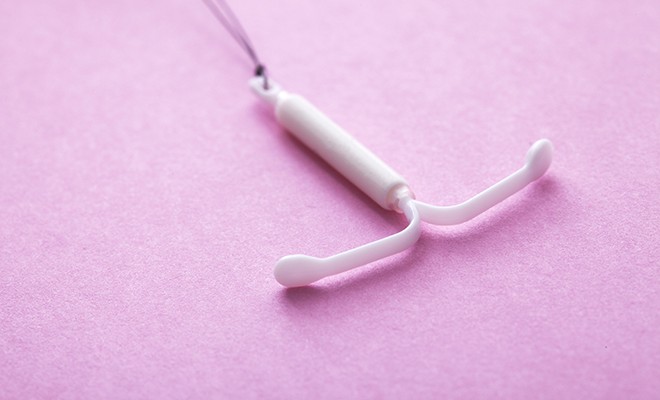
Intrauterine devices or IUDs have been getting a lot of attention lately. So it comes as no surprise that many women are opting for IUDs over the pill because it’s a safe and cost-effective form of birth control.
Like birth control, there are several different types of IUDs on the market and we’ve broken down the difference between hormonal and non-hormonal IUDs.
Be sure to do your research to see which IUD will work best for your lifestyle, menstrual cycle, and time frame for having kids. And as always, consult your doctor or physician with any questions.
Non-Hormonal IUD
Sometimes referred to as a copper IUD, a non-hormonal IUD works by using copper to interfere with sperm and egg fertilization to prevent pregnancy. There’s currently only one brand of copper IUD on the market called Paragard.
Non-hormonal IUDs can be left in longer than hormonal IUDs. Once the IUD is implanted, you can have it in for as long as 10 years. This is a great option for women who already have kids and aren’t looking to have more or for someone who wants to be sure they aren’t going to be pregnant anytime soon.
However, women who also use IUDs to eliminate their period may still experience it — and it may actually be heavier and more painful after you first have the non-hormonal IUD inserted as well but this should only be temporary.
Hormonal IUD
This IUD doesn’t contain copper like its non-hormonal counterpart. It works by emitting a low amount of the hormone called “levonorgestrel” every day. The progestin hormone is key in the IUD’s ability to prevent pregnancy. There are currently four hormonal IUD brands on the market: Kyleena, Liletta, Mirena, and Skyla.
Women looking to prevent pregnancy and have lighter or even no period should opt for the hormonal IUD. Once the IUD is implanted, it can stay in your body anywhere from three to five years.
While IUDs can prevent pregnancy they do not prevent STDs. Even with an IUD, remember it’s so important to practice safe sex!
xx, The FabFitFun Team




